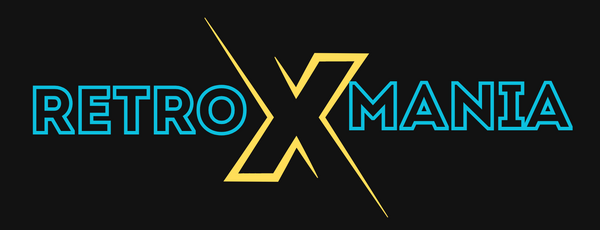Introduction
Retro consoles are more than just gaming machines. They represent a bygone era of video gaming, a period of creativity and innovation that laid the foundation for the modern gaming industry. In this article, we'll explore the history of retro consoles, from their humble beginnings to their current resurgence as collectibles and nostalgia items.
The first game consoles
The era of pioneers
The first game consoles appeared in the 1970s. The Magnavox Odyssey, launched in 1972, is often considered the first home game console. Although primitive by today's standards, it paved the way for future innovations.

The Rise of Atari
Atari revolutionized the industry with the release of the Atari 2600 in 1977. This console popularized video games among the general public thanks to its improved graphics and diverse game library.
The Golden Age of Consoles
The Console War: Nintendo vs. SEGA
The 1980s and 1990s were marked by fierce competition between Nintendo and SEGA. Nintendo launched the NES (Nintendo Entertainment System) in 1985, which became a huge success thanks to iconic games like Super Mario Bros. and The Legend of Zelda. SEGA responded with the Sega Genesis (or Mega Drive) in 1988, introducing equally memorable games like Sonic the Hedgehog.
Games that made history
Games like Super Mario Bros., The Legend of Zelda, Sonic the Hedgehog, and Street Fighter II not only defined genres, but also left an indelible mark on popular culture.
To learn more about the most iconic retro consoles and their impact on gaming, check out our in-depth article on the Top 10 Must-Have Retro Consoles for Gaming Fans . This article explores the features, notable games, and innovations of each console, providing a comprehensive perspective on their historical significance.
The advent of portable consoles
Nintendo also dominated the handheld console market with the release of the Game Boy in 1989. This console allowed gamers to enjoy their favorite games on the go.
The transition to 3D and new competitors
Sony enters the scene with the PlayStation
In 1994, Sony disrupted the console market with the release of the PlayStation. This console introduced advanced 3D graphics and a diverse game library that captivated gamers worldwide.
The impact of the Nintendo 64
Nintendo followed with the Nintendo 64 in 1996, delivering revolutionary 3D gaming experiences with titles like Super Mario 64 and The Legend of Zelda: Ocarina of Time.

The resurgence of retro consoles
The phenomenon of mini-consoles
In recent years, there has been a resurgence of interest in retro consoles, particularly with the release of mini consoles like the NES Classic Edition and the SNES Classic Edition. These reissues offer fans the opportunity to relive their childhood memories with pre-installed games.

Collection and emulation
Many video game enthusiasts also turn to collecting retro consoles and games, as well as emulation to play their favorite games on modern systems.
Today, the legacy of retro consoles continues to influence the world of video games. Fans can now turn their television into a retro gaming machine thanks to the RETRO Stick 4K , which offers an incredible library of 13,000 to 40,000 games. Relive classics like Pokémon and Dragon Ball Z in high definition on the big screen.

Conclusion
The history of retro consoles is rich and varied, marked by technological innovations, memorable games, and the unwavering passion of gamers. Whether you're a collector, a nostalgic fan, or a newcomer to the world of retro gaming, there's always something to discover and enjoy in the world of retro consoles.



